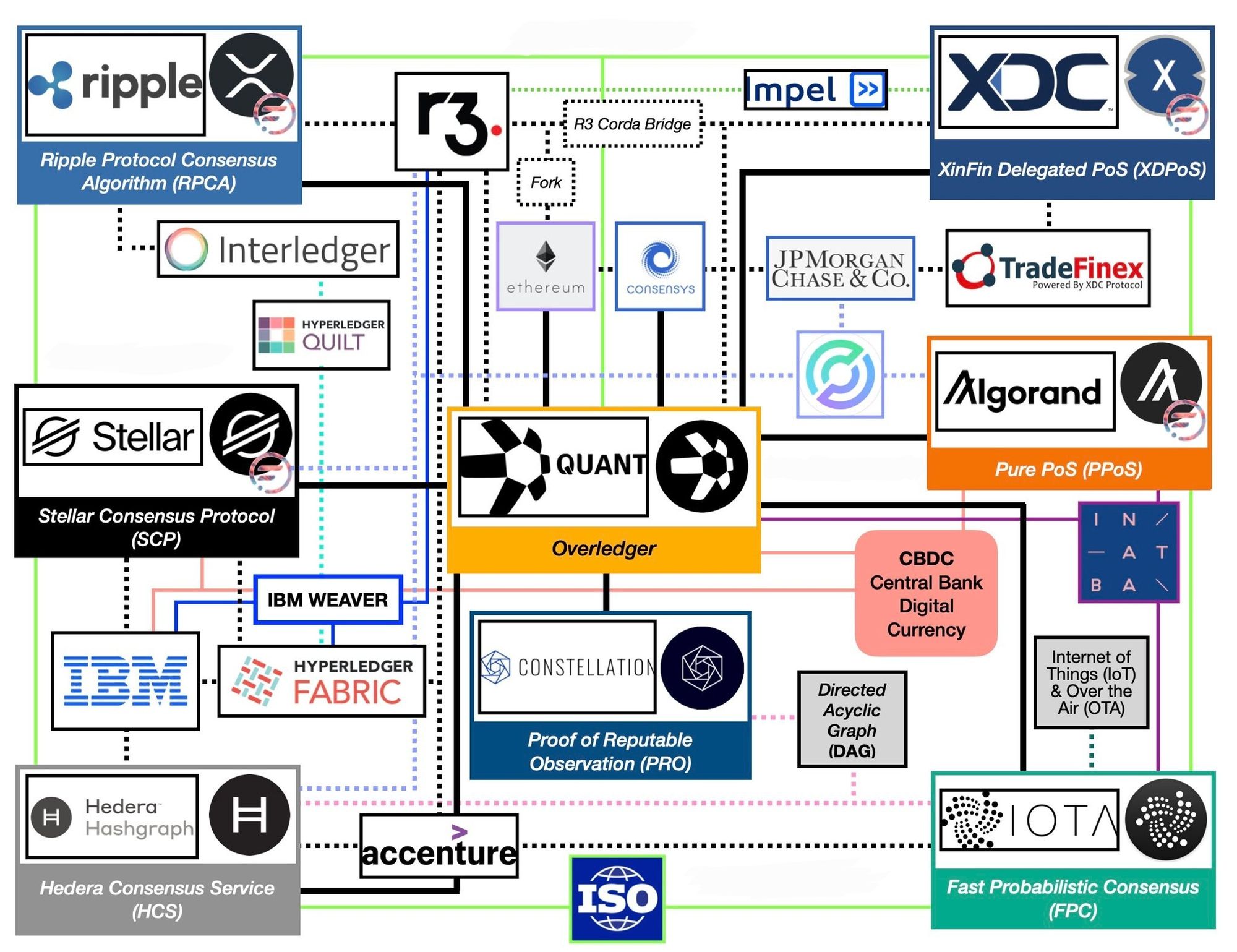What is Cryptocurrency?
Cryptocurrency is a type of digital money that exists only online and isn’t controlled by banks or governments. Think of it like cash for the internet, but instead of physical coins or bills, it’s stored as secure code on a network of computers.
Here’s how it works in simple terms:
- It’s decentralized: No single entity, like a bank, owns or manages it. Instead, transactions are verified by a global network of computers, making it transparent and hard to manipulate.
- It’s secure: Cryptocurrencies use advanced math and encryption to protect transactions, so they’re very difficult to hack or counterfeit.
- It’s fast and global: You can send cryptocurrency to anyone, anywhere in the world, almost instantly, without needing a middleman like a bank.
- Bitcoin is the most famous example: It’s like the “gold” of cryptocurrencies, but there are thousands of others, like Ethereum or Ripple, each with different uses.
For a business, cryptocurrencies can mean lower transaction fees for payments, new investment opportunities, or even a way to raise funds (like digital crowdfunding). However, their value can be volatile, and regulations are still evolving, so it’s a mix of opportunity and risk.
What is a blockchain?
A blockchain is like a digital ledger or record book that’s shared across many computers, used to track transactions securely and transparently. Imagine a notebook where every page is a record of deals, and once you write something, it’s locked in—nobody can erase or change it without everyone noticing.
Here’s the simple breakdown:
- It’s a chain of blocks: Each “block” is a batch of transactions (like payments or contracts). These blocks are linked together in a “chain” using clever math, so they’re always in order and tamper-proof.
- It’s shared and transparent: Every computer in the network has a copy of the blockchain, so everyone sees the same records. This makes it trustworthy without needing a middleman like a bank.
- It’s secure: Special codes protect the data, making it nearly impossible to hack or alter without agreement from the network.
- It powers cryptocurrencies: Bitcoin and others use blockchain to record who sends and receives money, but it’s also used for things like tracking supply chains or securing contracts.
For a business, blockchain can mean more trust in transactions, lower costs by cutting out intermediaries, or new ways to manage data securely. But it’s complex to set up and can require significant computing power, so it’s not a quick fix for everything.
ISO20022. What is it?
ISO 20022 is a global standard for how financial institutions, like banks, send and receive electronic messages about transactions. Think of it as a universal language that ensures everyone speaks the same way when sharing financial information, like payments or account details.
Here’s a simple explanation:
- It’s a common format: Instead of each bank or country using its own system, ISO 20022 provides a standardized way to structure data, making it easier for systems to “talk” to each other.
- It carries richer data: It allows for more detailed information—like who’s sending money, why, and where it’s going—compared to older systems. This reduces errors and confusion.
- It’s flexible and modern: Built using modern technology (like XML), it works for all kinds of financial transactions, from wire transfers to instant payments, and can adapt to future needs.
It’s being adopted globally: Major systems, like SWIFT and the U.S. Federal Reserve’s Fedwire, are switching to ISO 20022 by 2025 to make cross-border and domestic payments faster and more reliable.
For a business, ISO 20022 means smoother, more transparent transactions, lower costs from fewer errors, and better compliance with regulations. However, adopting it may require upgrading outdated systems.

